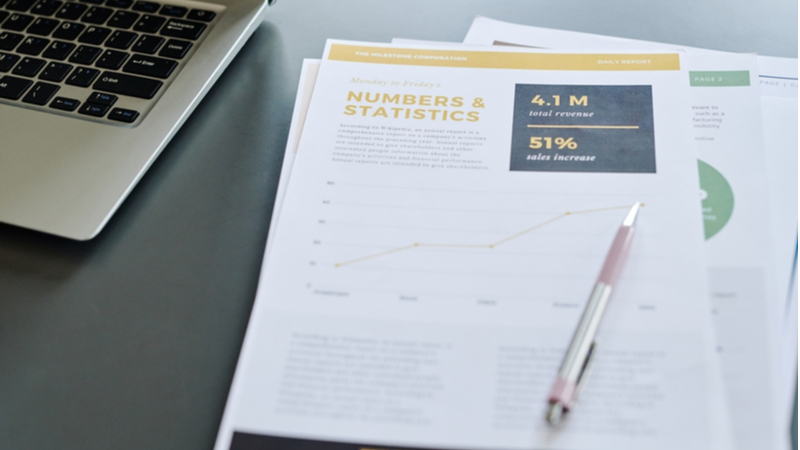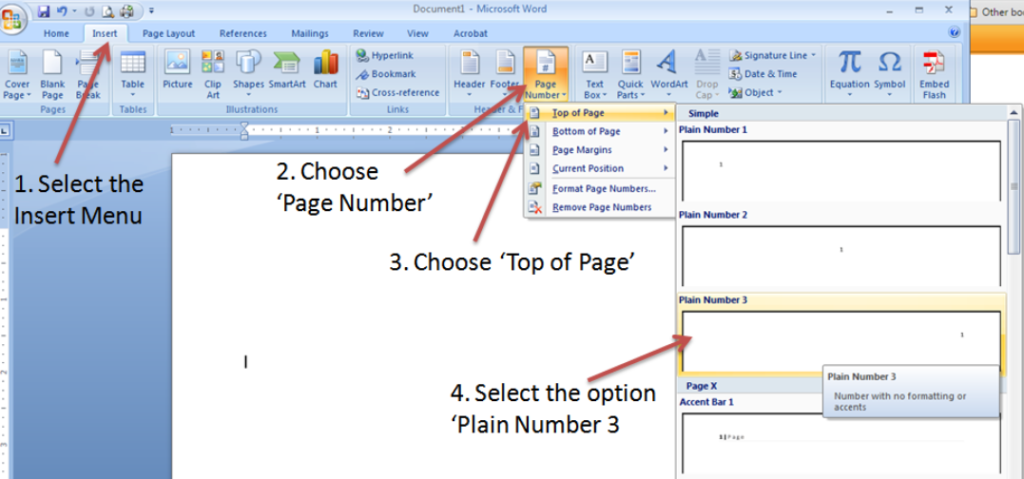Last Updated on: 3rd June 2022, 04:16 am
APA uses the American style imperial standard system of measurement, although it does allow the use of the metric system of measurement if there is a need for it. If you need it, the APA style manual contains listings of approximate metric equivalences and methods for conversion. For example: 60 miles/h is 100 km/h and 1 gallon is 3.784 liters.
Numbers under 10
Numbers under 10 are written as words.
Example:
See Column 2 in Table 6 for more information.
There are some exceptions to the rule for numbers under 10. For example, when you begin a sentence with a number, you need to write it as a word.
Example:
Twelve students in the English class did not know how to format sources according to APA guidelines.
Another exception is that when you use write a specific measurement, age, money amount or date, you need to write the number as a numeral, although it may be under 10.

Examples:
6 miles, 15 dollars, 7 years old, 2 weeks ago, 5 hours
The rule for writing ordinal numbers below 10 is to write them out and not use the Arabic numeral form.
Example:
Incorrect: 5th
Correct: fifth
Numbers 10 and Above
Numbers 10 and above are written as a numeral, such as 14 and 528. Write ordinal numbers 10 and above in Arabic numeral form.
Examples:
Incorrect: twenty-third
Correct: 23rd
Numbers for In-text Citations
When you have direct quotations from sources with page numbers, use “p/pp.” and the numeral/s. If the source does not have a page number, use a paragraph number to indicate the quote’s location.

Examples:
“In our heart, there is the first peace we have known in twenty years” (Rand, 2019, p. 2).
“It is not good to be different from our brothers, but it is evil to be superior to them” (Rand, 2019, para. 12).
Numbers for References List
Articles that are in periodicals, such as journals and magazines have page numbers and/or issue numbers that should be written as numerals without a p./pp. preceding them.
Examples:
For a journal or magazine article, the page number goes after the name of the journal and is in italics. The issue number is in parenthesis.
Matthewman, S. (2004). What does multimodality mean for English? Education, Communication & Information, 4(1), 153-176.
Taylor, N. (2019). Using multimodality in the classroom. Education Matters Magazine 1(1), 1-5.
For chapters in books, you need to put p./pp. before the page numbers in parenthesis.
Lisi, G. (2012). Uncalculated risk. In J. Brockman (Ed.), This will make you smarter (pp. 68-73). Harper.
For an article from a newspaper, you need to p./pp before the page numbers.
Johnson, M. (2019). Top initiatives educators are planning. The Sentinel Express, pp. 5-6.
Decimals, Percentages, Percentiles, and Quartiles
When you write decimals and percentages, write the number even if it is under or above 10.
Examples:
In the study, the elasticity of demand between the two points was 3.25.
In the study, 79% of the participants responds to the questionnaire.
When you write percentiles and quartiles, use ordinal numbers, even if they are under or above 10.

Examples:
To be in the 95th percentile of the honor students, a student has to have a GPA of 4.7.
In the study, the 2nd quartile is the central point that lies between the lower range
Approximations of Numbers
Write out the numbers when you have approximations of numbers that are preceded by words, such as “almost” or “about.”
Example:
Almost/About/ one of every five students was absent from the class this semester.
When writing about sums of money, use a numeral. However, you can write out part of the number for large sums.
Sums of Money
When writing about sums of money, use numerals whether it is under or over 10.
Examples:
The lunch cost $5, which was cheap for what I had.
The U.S. government budgeted $20 million dollars for the new rural clean energy initiative.
Numbers for Centuries
When writing about centuries, use a numeral whether it is under or over 10.
Example:
Correct: The internet was a major invention of the 20th century.
Incorrect: The internet was a major invention of the twentieth century

Hyphens used with Numbers
Put hyphens between the numeral and the unit of measure when modifying a noun and compound numbers expressed in words.
Examples:
They are the parents of a 10-year-old girl.
Henry bought an 8-pound bale of hay for his horse.
There were thirty-eight participants in the study.
Only one-fourth of the participants were from the United States.
Ratios and decimals
Write ratios with numerals with a colon between them.
Example:
A ratio of 3:5 (or a 3:5 ratio) was obtained in the study.
Write decimals with numerals separated by periods.
Example:
The cactus plants only grew 3.15 inches in 2021.

Fractions
Write simple/common fractions in words and put a hyphen between the numbers. Write out unusual/uncommon fractions in the numeral form.
Examples:
One-third of the participants did not answer the questionnaire.
The fraction 22/7 is an approximation for the mathematical value of pi.
Chapters, Figures, and Tables
When writing chapters or referring to a figure or table, write numerals.
Examples:
Chapter 6
See Table 11
See Figure 4

Plurals of Numbers
Write the plurals of numbers by adding “s” or “es,” without an apostrophe.
Examples:
1900s
sixes
Page Numbers
Every page should have the page number in a header at the top right corner of the paper, flush against the right margin. The page number requirement is also for the title page, appendices, list of references, and any other supplemental pages. Put the page number in the same font and size as the rest of the paper.
Example of how to select page numbers:

Note: For more information refer to sections 6.32 – 6.39 in the APA Style manual.
 Waiting to Get Your Dissertation Accepted?
Waiting to Get Your Dissertation Accepted?


